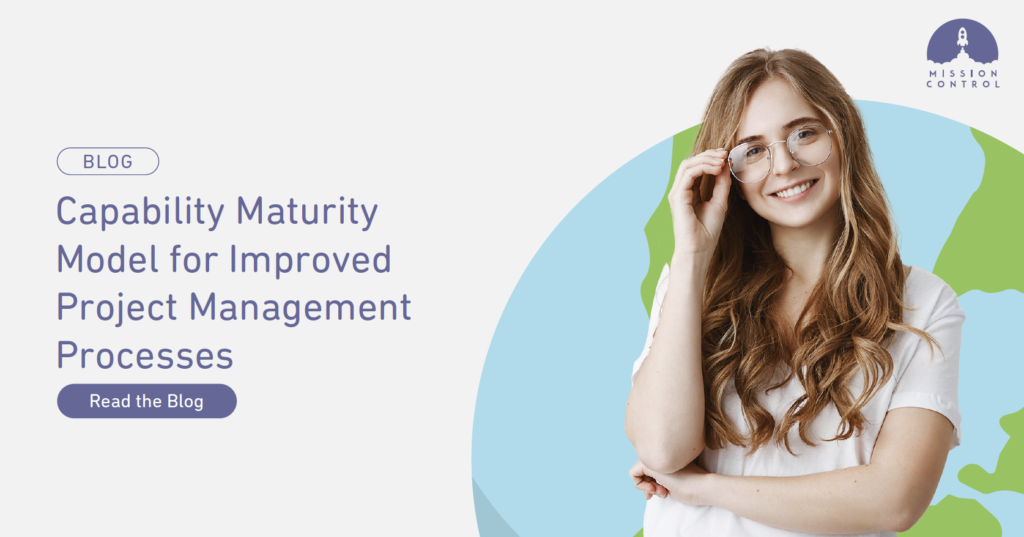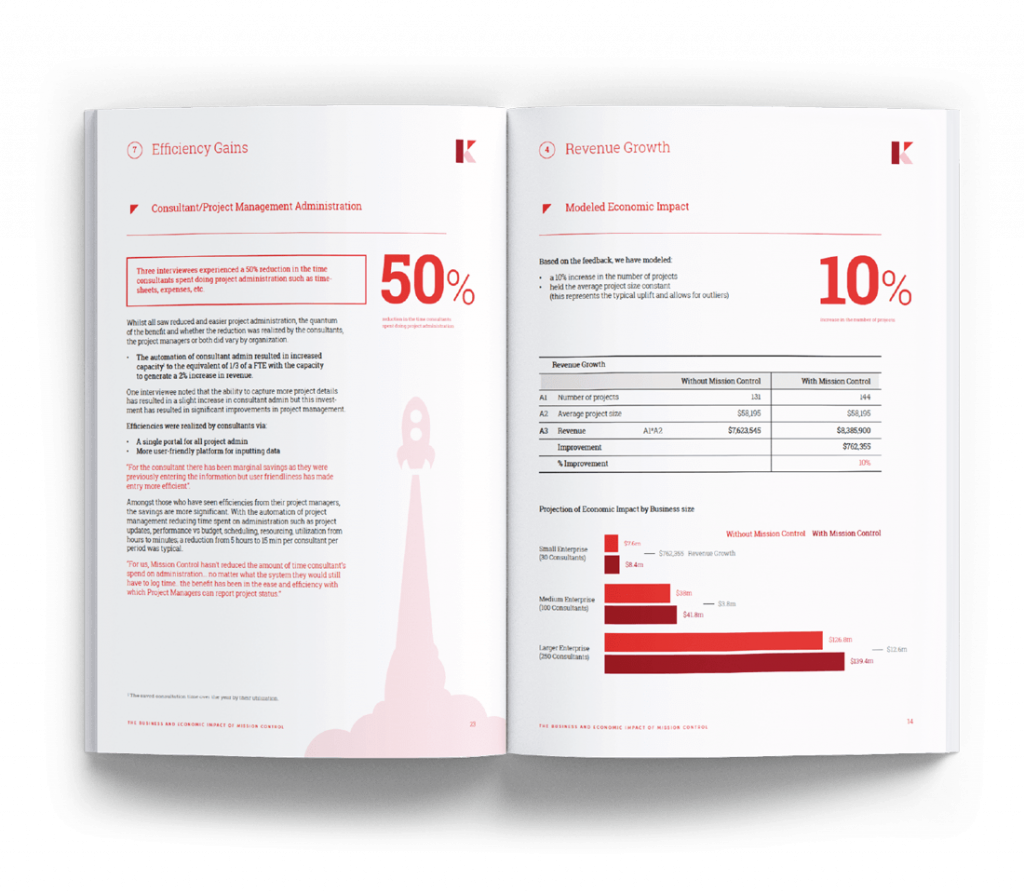It’s not uncommon that new or small organizations implement little to no standard processes for project management. But, as the business grows, there’s a need for the project management styles to mature. It’s, therefore, critical to have a framework that helps improve processes to suit your business’s ever-changing needs.
The Capability Maturity Model is a popular approach used to measure the maturity of an organization’s project management process to improve it and attain the highest management maturity level.
In this article, we discuss:
- What is the Capability Maturity Model (CMM)
- The various levels of the Capability Maturity Model (CMM)
- Benefits of Capability Maturity Model in project management
- Limitations of the Capability Maturity Model
- CMM framework
What is the Capability Maturity Model (CMM)?
The Capability Maturity Model (CMM) is a methodology used to develop and refine an organization’s project management process. This model describes a maturity curve based on five levels a business must go through on its path to success.
CMM helps businesses to:
- Enhance streamlined processes
- Develop practices that decrease risks
- Meet their functionality, uphold product quality, and keep projects within budgets.
- Make successive continuous process improvements.
The Capability Maturity Model was built with software in mind. However, it’s adaptable for any industry, including IT, healthcare, aerospace, finance, telecommunications, defense, transportation, and more.
Before implementing CMM, however, businesses should learn how the model works and its benefits. We delve deeper into this.
The Various Levels of the Capability Maturity Model (CMM)
A maturity level is a well-defined evolutionary path toward a mature project management process. The Capability Maturity Model assesses project management capabilities using the five levels mentioned below.
Level 1: Initial
The initial level describes an unstable, inconsistent environment for delivering projects or products. This project management process will characteristically have non-documented strategies, manually managed projects (think spreadsheets and other manual documents!), and lack integrated systems.
These inconsistencies make it difficult for the project manager to replicate success. It may sound like a grim stage to be in, but all projects must start somewhere. The lesson is to take notice of the lack of processes and documentation and then work with your team to develop them.
Level 2: Repeatable
If your organization is in the repeatable stage, then you’re implementing some form of project management, but only for individual projects. The project manager has established policies for managing a project and is implementing these policies. In this stage, the organization can replicate successes in key process areas. The only thing lacking here is a standardized process for managing all projects across the organization.
Level 3: Defined
The defined stage describes an organization with a well-defined, standard product development process. This process is well documented and integrated into the entire organization. These standard processes help project managers and their teams perform more effectively.
Level 4: Managed
The organization has clear project management processes and documentation at the managed level. These processes align with the organizational strategic plan. Project managers have established metrics for products and processes and measure results. They also look at past performance to make informed decisions to ensure that future projects are set up for success.
Level 5: Optimizing
An organization that has reached an optimizing maturity level is one whose entire structure is entirely focused on continuous process improvement. It’s constantly monitoring process feedback, optimizing its processes to best tailor to their needs, and introducing innovative techniques into its project management process.
Benefits of Capability Maturity Model in Project Management
The Capability Maturity Model in project management offers a number of benefits.
Consistency
The Capability Maturity Model is a proven approach that helps organizations to improve project predictability and consistency drastically. When teams deliver high-quality projects consistently, businesses can maintain a high ROI.
Increased productivity
The CMM approach focuses on refining processes to produce the best possible results. The methodology gives your team a clear view of what to do and expect, thereby increasing their productivity as they aren’t working without direction.
Helps identify and reduce errors
The Capability Maturity Model helps identify defects and errors in the product development process. This enables the project team to make improvements before delivering the product to clients.
Cost reduction
In addition to reducing defects and errors, CMM is designed to remove any problems in the project management process. These problems can be costly. Removing them earlier in the development process allows the business to enjoy reduced cost of remediation.
Enables continuous process improvement
The CMM methodology encourages continuous process improvement no matter the maturity level of an organization, which empowers organizations to continue delivering successful projects.
Limitations of the Capability Maturity Model
As with every methodology, CMM has a few limitations. The model:
- Doesn’t offer solutions; it only determines what issues a process should address.
- Works best when implemented early into the development process and will not be effective in a project undergoing a crisis.
- Focuses on advancing from one level to another, hence project managers may fixate on reaching the next level and forget that the real goal is improving the processes.
The Capability Maturity Model Framework
The Capability Maturity Model framework comprises five key components:
1. Maturity levels
These are the five maturity levels that we discussed earlier.
2. Key Process Areas (KPAs)
Each maturity level is composed of key process areas which identify a group of related activities that, when performed together, achieve a set of goals vital for establishing process capability at that maturity level.
3. Goals
Goals provide an overview of the key process area. Project managers can use goals to determine whether a project has effectively implemented the key process area.
4. Common features
Common features include procedures that execute key process areas. Common features indicate whether a project can implement and institutionalize a key process effectively and whether the process is repeatable and lasting.
5. Key practices
Each key process comprises key practices that, when implemented, help to achieve the goals of that key process area. The key practices detail the components of structure and procedures that lead to the effective implementation and institutioinsnalization of the key process area.
Capability Maturity Model and Project Management
Establishing a central management hub is one of the quickest ways to improve your team’s project management processes. Using a project management tool like Mission Control can help your team achieve the next level of project management maturity.
Our robust software offers project managers access to an array of features that can help automate routine activities and leave you with more time to focus on strategic management. Mission Control is also a great source of valuable project insights based on existing data to help you monitor the success of past processes. You can also use Mission Control to track your team’s uptake of your new processes and procedures.
Request a demo to see how Mission Control can help your organization with your project management needs.





